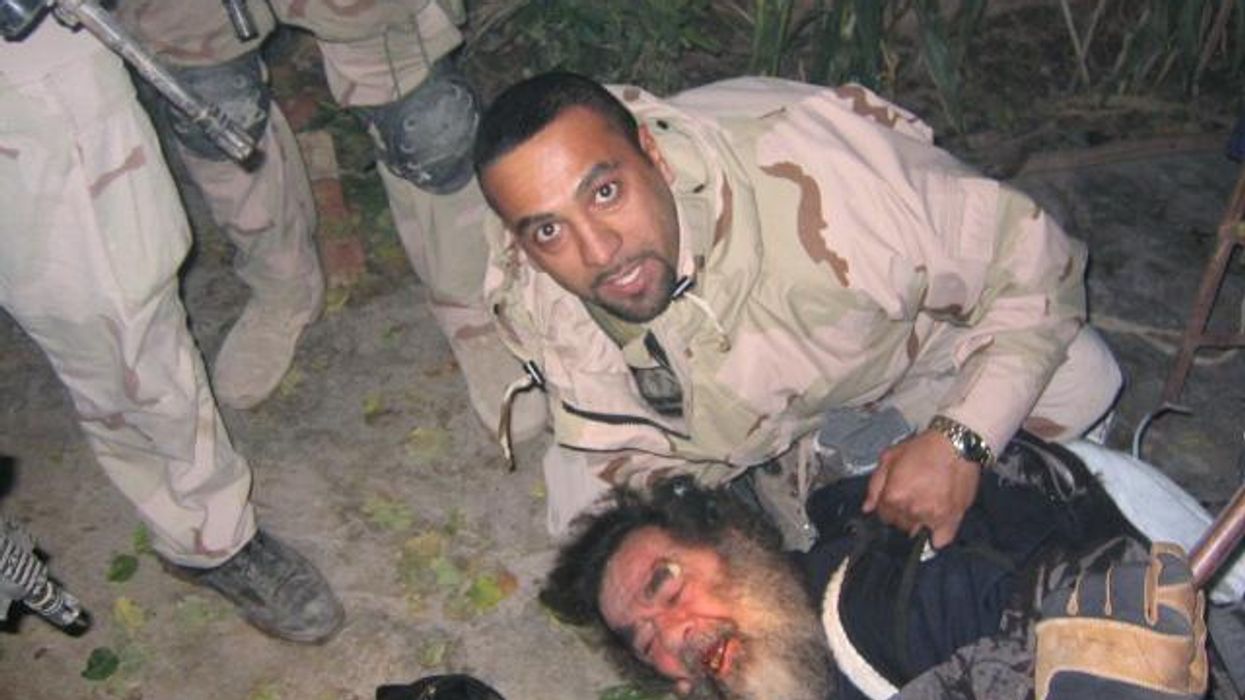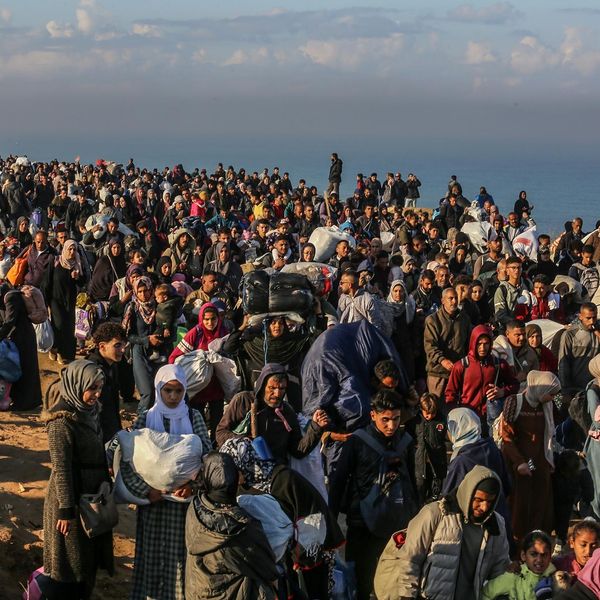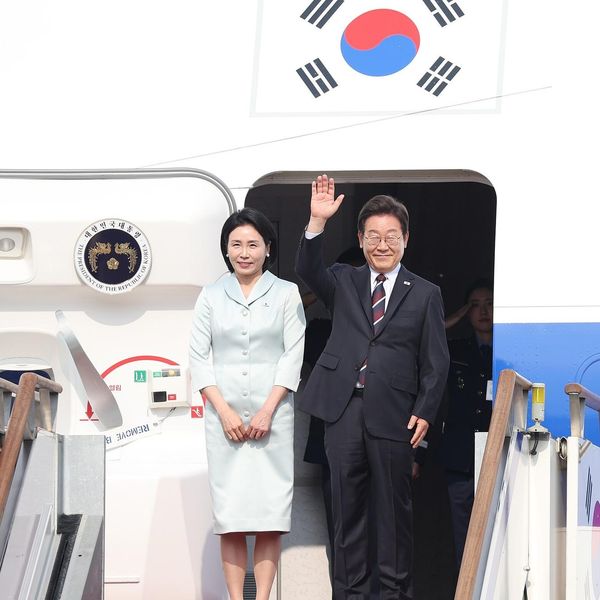After 18 years of war, the U.S.-Taliban deal is signed and its implementation will finally end America’s longest war. The deal does not end the civil war for Afghans but now firmly places the outcome of the conflict in the hands of the Afghan people themselves. Barriers to peace in Afghanistan remain, but the deal should be implemented and U.S. forces in Afghanistan withdrawn without contingencies for reengagement.
The central terms of the agreement provide for the withdrawal of all 13,000 U.S. troops currently in Afghanistan in exchange for a ceasefire between U.S. and Taliban forces, a reduction in violence between Afghan and Taliban forces, and counterterrorism assurances from the Taliban, including cutting ties with al-Qaida (unlikely to happen) and continuing to fight ISIS in Afghanistan (highly likely to happen). Additionally, the Taliban agreed to begin talks with the Afghan government in Oslo within 10 days. U.S. troop levels are expected to be reduced to 8,600 (the level when President Trump took office) by day 135, and reach zero by the end of 14 months. The deal does not obligate the United States to halt the withdrawal if the deal is not honored by the Taliban.
The Troubled Path to Sustainable Peace
Intra-Afghan negotiations will have to result in a power-sharing arrangement, one that will inevitably include previously unacceptable compromises by both sides, like curbs on women’s rights but not the complete relegation of women as the Taliban would likely prefer, federalized governance, and reintegration of Taliban fighters into the Afghan security forces (the size of which is already beyond the means of government revenue to sustain). And this is only step one of the process.
We should be skeptical that these steps will be completed expeditiously and successfully. In my conversations with those who work in Afghanistan on security issues, there is little recognition that many of these steps are either necessary or difficult to achieve. Reintegration of Taliban fighters and reconciliation for atrocities and crimes committed during the war are exceptionally important for a sustainable peace. Conflicts that don’t include reintegration and reconciliation are likely to return to open hostilities. When asked about the reintegration of Taliban fighters into Afghan security forces, the common response is, “if they want to enlist in the security forces, they can.” This is insufficient and will likely result in resumption of large-scale conflict or in mass defections of Taliban fighters from the peace process.
The U.S. can, and should, remain engaged in this process to improve the probability of success, but U.S. engagement with the world has too often been reduced to dropping bombs. This militarized foreign policy frequently fails to achieve objectives because such actions almost always prove strategically counter-productive. Instead, the United States can maintain diplomatic support for the Afghan government and advise on the negotiation process; it can make all aid to any party in Afghanistan contingent on at least basic protections for women and minorities; and it can work diplomatically with Pakistan and Iran to pursue common goals of containing ISIS and al-Qaeda elements to prevent them from spoiling the peace process.
Residual Foreign Forces
Many on the U.S. side are fighting for the continued presence of a counter-insurgency force made up of special operations troops to continue fighting ISIS and al-Qaeda elements. Some Democratic presidential candidates seem to think that widespread special forces deployments around the world don’t actually count as contributing to endless war. Such an arrangement could plausibly be acceptable to the Taliban leadership and negotiators in Doha, but the rank and file have fought long and hard to end the foreign occupation. It is unlikely they will accept any arrangement that results in the continued presence of U.S. troops, regardless of their purpose.
Such a deal would likely result in a splintering of the rank and file into more reckless and violent groups. Research has shown that leadership assassinations of terrorist groups have similar effects. This would extend the duration of the civil war even longer as there would no longer be a central organization with which to negotiate. Multiple groups would then incentivize outbidding as the groups competed for resources, recruits, and prestige. The alternative is that the disagreement among the rank and file leads to backtracking by the negotiating team. At which point they will determine the U.S. deal to be void and revive their demand that all troops leave.
Outcomes and Contingencies
Public statements by Afghan leaders and my own conversations with Afghan civilians indicate they are very concerned about any deal with the Taliban that includes a U.S. military withdrawal. The Taliban's political policies are widely unpopular, and Afghans are generally skeptical of the Taliban organization itself. They are right to doubt the honesty of the Taliban in negotiations but wrong to pin their hopes on the U.S. military presence. The U.S. military presence is only one small piece of U.S. engagement in the country, and at this point, the least effective in achieving desirable outcomes. U.S. military actions in Afghanistan in the past several years have resulted in increased civilian casualties. U.S. and government forces killed more civilians in 2019 than did the Taliban.
Those calling for a continued U.S. presence often argue that keeping troops in Afghanistan indefinitely prevents unlikely hypothetical developments. The most egregious example of this is claiming that an indefinite presence will prevent a hypothetical rise of ISIS like those in Iraq and Syria that followed the withdrawal of U.S. troops from Iraq. While this scenario is incredibly unlikely, other potential outcomes would not require a U.S. military response. A Taliban “victory,” if any result is to be perceived as such, does not, in itself, constitute a security threat to the U.S. homeland, as it is a domestic organization with domestic ambitions. Al-Qaeda, given space to operate, is a threat, but a military response would be inefficient. Counterterrorism tools that limit transnational transfers of resources and fighters have been effective over the past 18 years in preventing a successful attack on the homeland, and they will continue to be. Restrictions on minority or women’s rights should be concerning, but human security is not obtained through the use of military force. Diplomatic pressure and conditions placed on development and humanitarian aid will be more effective in securing these rights.
The use of military force in Afghanistan has achieved very little relative to the high costs of the past 18 years. The U.S.-Taliban deal offers a great opportunity, one in which the United States can achieve its goals diplomatically and set in motion a broader realization that the use of military force has limited utility and exorbitant costs.
















